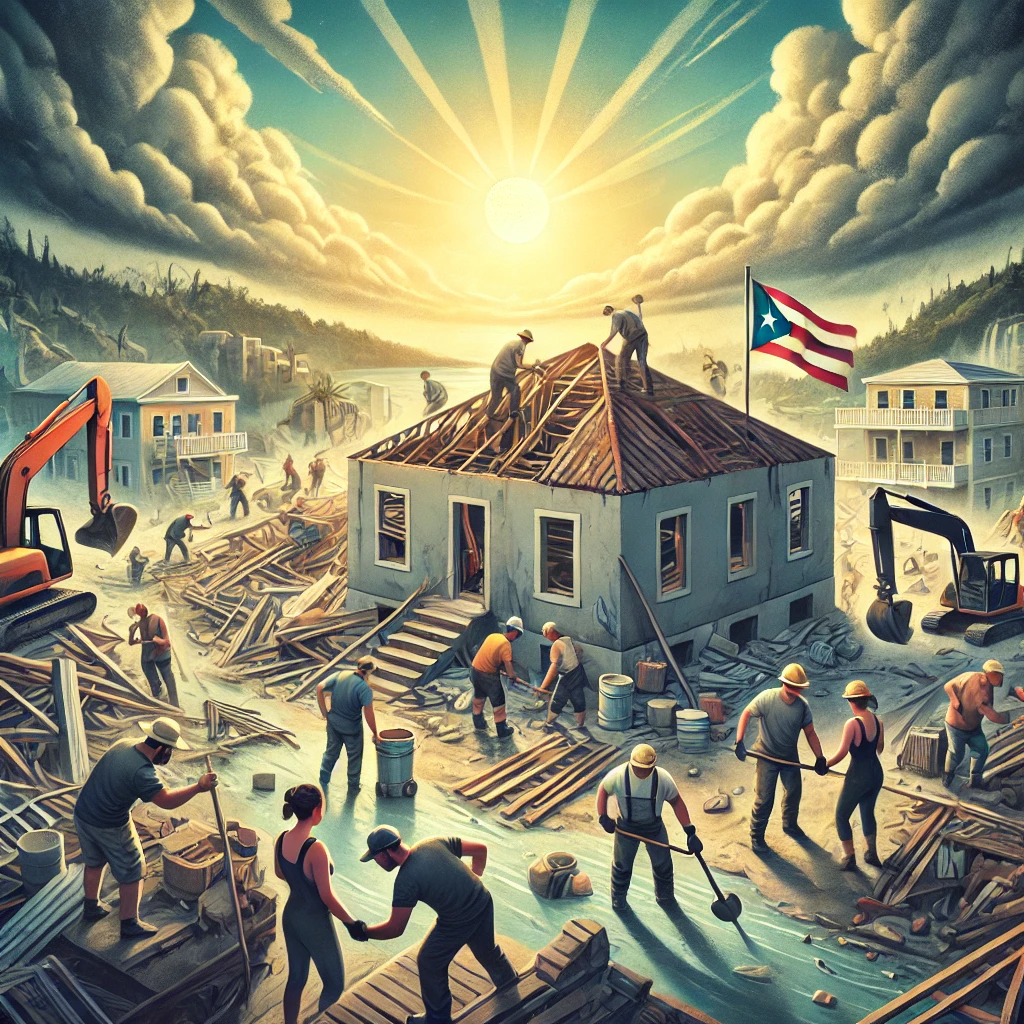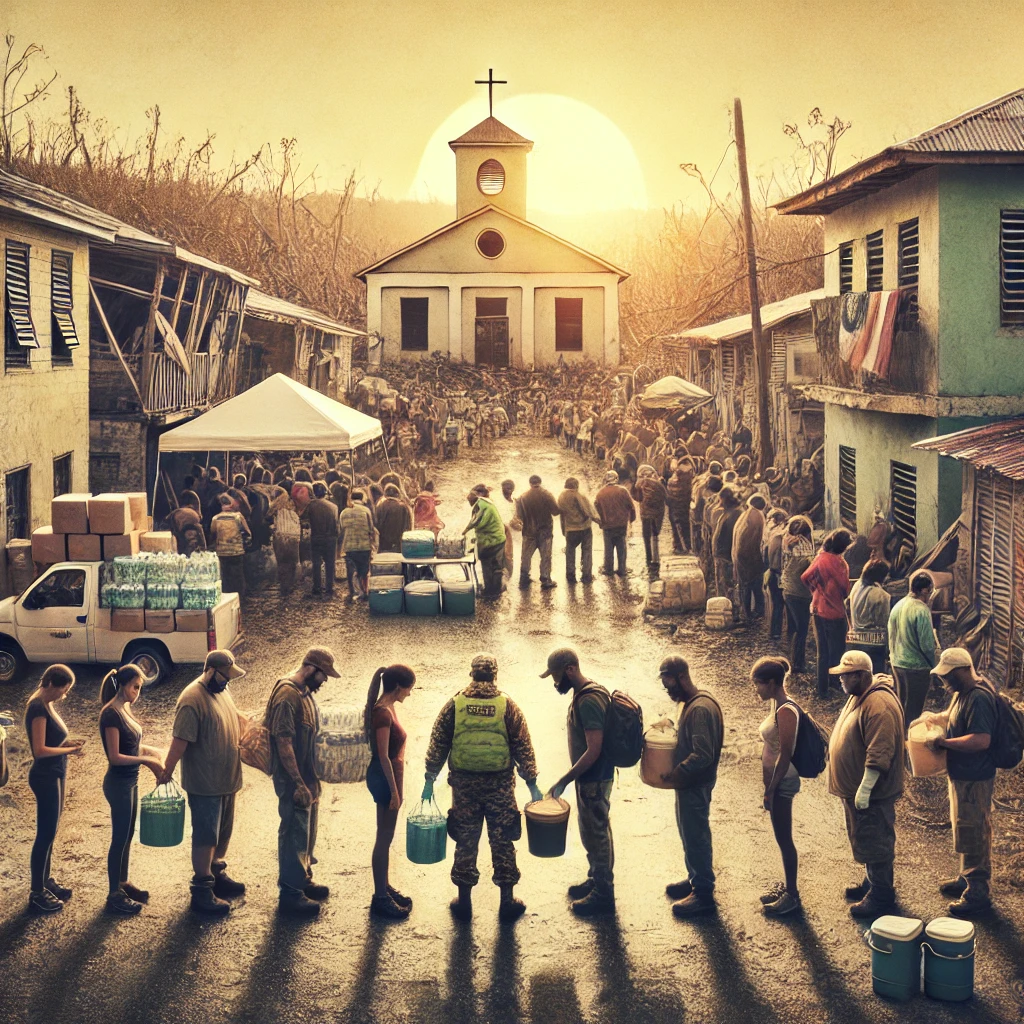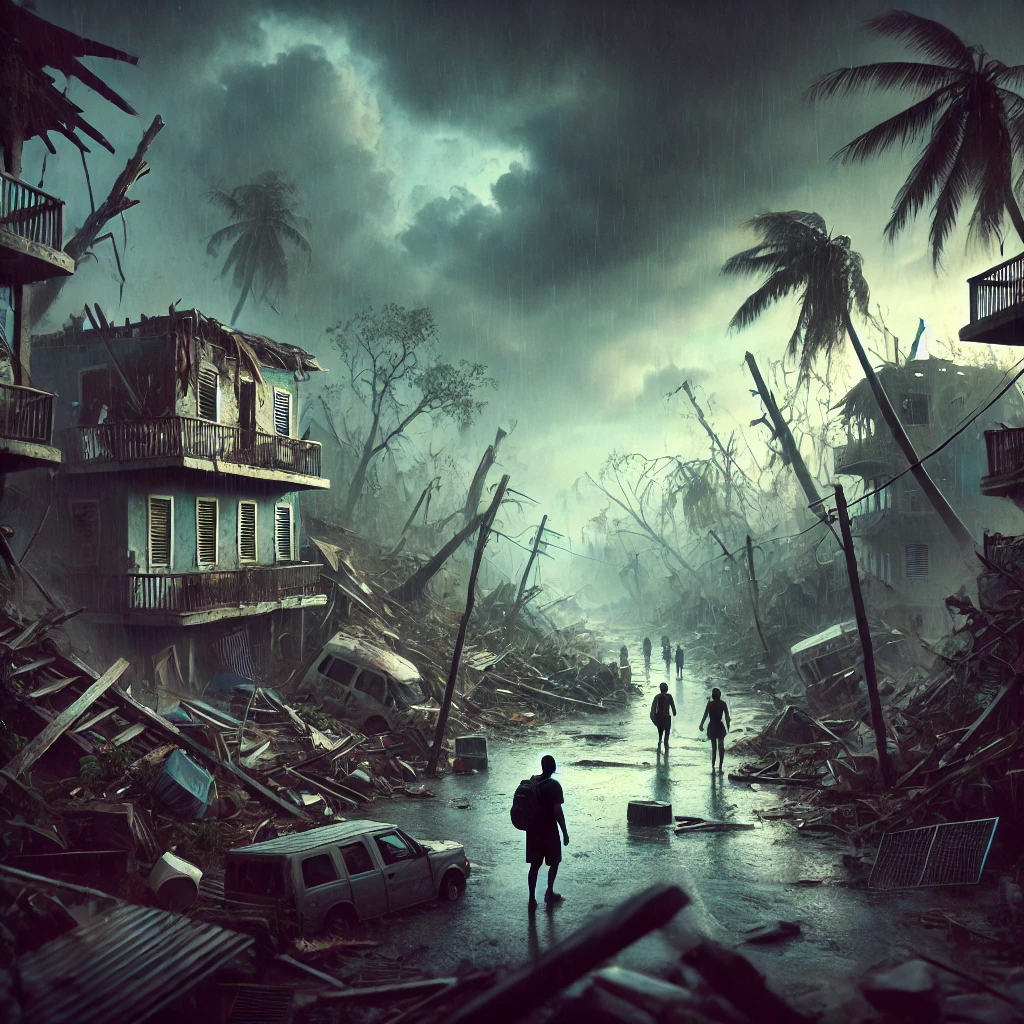On September 20, 2017, Hurricane Maria made landfall in Puerto Rico, leaving behind a trail of unprecedented devastation. The storm, which was a Category 4 hurricane at its peak, inflicted severe damage across the island, leading to a humanitarian crisis that impacted nearly every aspect of life in Puerto Rico. The aftermath of Hurricane Maria, which resulted in over $90 billion in damages and nearly 3,000 deaths, continues to reverberate through the island’s recovery efforts and ongoing challenges.
The Arrival of Hurricane Maria
Hurricane Maria was an exceptionally powerful storm, with sustained winds reaching up to 155 mph at landfall. It struck Puerto Rico with ferocity, causing widespread destruction to infrastructure, homes, and the environment. The storm’s intensity was matched by its duration, as Maria lingered over the island, exacerbating the damage and extending the period of suffering for Puerto Ricans. The hurricane’s impact was immediate and devastating, leaving many areas completely unrecognizable and plunging the island into a state of emergency.
The storm’s arrival was preceded by several days of anticipation and preparation. The people of Puerto Rico, accustomed to dealing with hurricanes, braced themselves for what was forecasted to be a severe storm. However, the scale of Maria’s impact far exceeded expectations. The combination of high winds, heavy rainfall, and storm surge resulted in catastrophic flooding and widespread destruction, affecting every corner of the island.

Immediate Aftermath and Humanitarian Crisis
In the immediate aftermath of Hurricane Maria, Puerto Rico faced a dire humanitarian crisis. The storm caused extensive damage to the island’s infrastructure, including its power grid, water supply systems, and transportation networks. The loss of power was particularly devastating, as it left millions of residents without electricity for extended periods, complicating efforts to access clean water, medical care, and essential services.
The destruction of the island’s power grid had far-reaching consequences. The lack of electricity disrupted communication channels, making it difficult for emergency responders to coordinate relief efforts and for residents to contact loved ones. The destruction of homes and businesses left many people displaced and in need of temporary shelter, while the disruption of services hampered the ability of medical facilities to provide care. The island’s vulnerability to the storm was compounded by its pre-existing economic challenges and fiscal constraints, making recovery efforts even more challenging.
Death Toll and Health Impact
The death toll from Hurricane Maria was a grim testament to the storm’s severity. According to government officials and subsequent studies, nearly 3,000 deaths were attributed to the hurricane, with many of these deaths resulting from indirect causes such as lack of access to medical care, exacerbation of pre-existing health conditions, and related factors. The extensive loss of life highlighted the urgent need for improved disaster preparedness and response systems.
The impact on public health was severe, with many residents suffering from injuries, mental health issues, and the effects of prolonged exposure to adverse conditions. The storm exacerbated existing health disparities and brought to light the critical importance of addressing healthcare infrastructure in disaster planning. The long-term health effects of the hurricane continue to be felt, with ongoing concerns about the availability of healthcare services and the overall well-being of the affected population.
Economic Devastation
The economic impact of Hurricane Maria was staggering. With damages estimated to exceed $90 billion, the hurricane inflicted severe economic losses on Puerto Rico. The destruction of infrastructure, homes, and businesses had a profound effect on the island’s economy, disrupting commerce and exacerbating existing financial difficulties. The hurricane’s impact on the power grid alone had significant economic implications, as businesses struggled to operate and residents faced increased costs for essential services.
The economic challenges faced by Puerto Rico were further compounded by the island’s pre-existing financial crisis. The combination of hurricane-related damages and ongoing economic difficulties created a perfect storm of financial instability. The recovery process required substantial investments in rebuilding infrastructure, restoring services, and supporting affected communities. The economic burden of the hurricane added to the complexity of Puerto Rico’s recovery efforts and highlighted the need for comprehensive support and long-term planning.

Recovery Efforts and Challenges
The recovery from Hurricane Maria has been a complex and challenging process. Efforts to rebuild infrastructure, restore power, and provide support to affected communities have been ongoing since the storm. The recovery process has involved collaboration between federal, state, and local agencies, as well as support from non-profit organizations and international partners. Despite significant progress, many challenges remain, and the full recovery from the hurricane is a work in progress.
The recovery efforts have faced numerous obstacles, including bureaucratic delays, funding constraints, and logistical difficulties. The scale of the destruction and the island’s financial situation have complicated the rebuilding process, and many residents continue to face difficulties in accessing basic services and support. The ongoing recovery efforts highlight the importance of resilience, preparedness, and the need for sustained investment in disaster recovery and mitigation.
Environmental Impact
Hurricane Maria’s impact on the environment was also significant. The storm caused widespread damage to natural habitats, including forests, wetlands, and coastal areas. The destruction of vegetation and wildlife habitats had long-term consequences for the island’s ecosystems and biodiversity. The flooding and erosion caused by the hurricane further exacerbated environmental damage, affecting water quality and soil stability.
The environmental impact of the storm underscores the need for integrated disaster management strategies that consider the interplay between natural and built environments. The recovery process has included efforts to address environmental damage and restore affected ecosystems, highlighting the importance of environmental stewardship in disaster recovery and resilience planning.
Ongoing Effects and Lessons Learned
The effects of Hurricane Maria continue to be felt in Puerto Rico, and the lessons learned from the disaster are shaping future disaster preparedness and response strategies. The hurricane highlighted the vulnerabilities of infrastructure and the importance of building resilience in communities. The need for improved disaster planning, communication systems, and support services has been emphasized, with a focus on addressing the specific challenges faced by island communities.
The experience of Hurricane Maria has also underscored the importance of addressing the social and economic factors that contribute to vulnerability during disasters. Efforts to strengthen community resilience, improve access to healthcare, and address economic disparities are integral to building a more robust response to future events. The ongoing recovery from Hurricane Maria serves as a reminder of the need for continued investment in disaster preparedness and support for affected communities.

Conclusion
Hurricane Maria’s impact on Puerto Rico was profound and far-reaching, with significant damage, loss of life, and long-term consequences for the island. The recovery process has been challenging, but it has also provided valuable insights into the importance of preparedness, resilience, and support for affected communities. As Puerto Rico continues to rebuild and recover, the lessons learned from Hurricane Maria will play a crucial role in shaping future disaster management efforts and ensuring that communities are better equipped to face the challenges of tomorrow.
